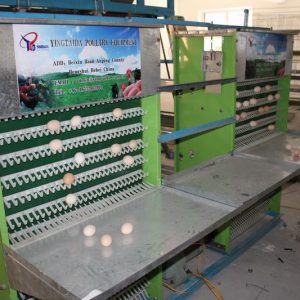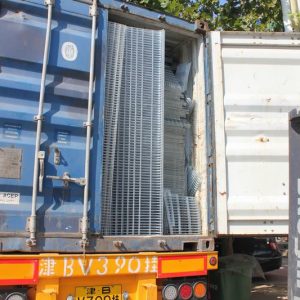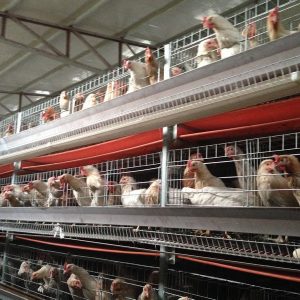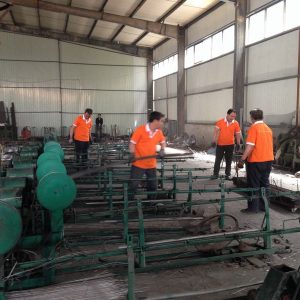
How to increase layer production in summer?
In summer hot days, the egg production of laying hens has dropped severely and even production has stopped. How to solve this problem? Experts agree that as long as the breeding and management conditions of laying hens are artificially improved and a suitable environment is created, the production of laying hens can be increased.
Ventilation and cooling Airtight chicken houses can be equipped with fans or ceiling fans. Longitudinal ventilation is better than horizontal ventilation. The wind speed in the chicken house in summer is 1.0m/s~1.2m/s. The wet curtain is the most economical and effective cooling measure for large-scale production at present, and the longitudinal ventilation combined with the wet curtain cooling to prevent heat stress is better. Fans can be installed in open chicken coops to open all doors and windows to promote air circulation.
Spraying water to cool the open chicken house is the best measure to alleviate the heat stress of laying hens. When the temperature exceeds 32℃, a high-pressure rotary sprayer can be used to spray cold water on the top of the house or spray cold water to cool the chickens. Lower the room temperature by 5℃~10℃.
Cut off the “sweater” from the layer and put it down, you can cut off the feathers on the breast, under the belly, legs, and under the wings to remove the “sweater” from the chicken, but do not put the chicken on the back, neck or tail Cut off the feathers on the chicken so that the chickens can drive away mosquitoes and flies.
Reducing the stocking density Generally, the area required to raise a chicken in a cage is 0.4 square meters, with 3 chickens per cage. Free range on flat ground, 3 to 5 per square meter. Breed in large groups, with 200 animals per group.
Timely removal of chicken manure In summer, chicken manure is very easy to ferment and induce respiratory diseases. Therefore, the manure and litter in the chicken house should be cleaned up in time (at least once every other day) to keep the house clean, dry and hygienic.
Change the feeding management schedule. In the high temperature season, the light should be turned on and off early, that is, turn on the lights from 3 to 4 in the morning, turn off the lights from 7 to 8 in the evening, and increase feeding or evenness before the temperature rises in the morning. Feeding times, so that chickens can eat at the coolest time of the day. At the same time, try to reduce the activity of the chickens, and stop feeding at 1 to 3 in the afternoon of the hottest day to reduce the feeding activity of the chickens.
Provide fresh, clean and cold water throughout the day. In hot weather, the water consumption of laying hens is about 3 to 4 times of the feed intake. It is necessary to ensure that the chickens can drink clean, pollution-free cold water throughout the day (the water temperature should be around 10°C). On dog days, it is best to change the water every 2 hours.



